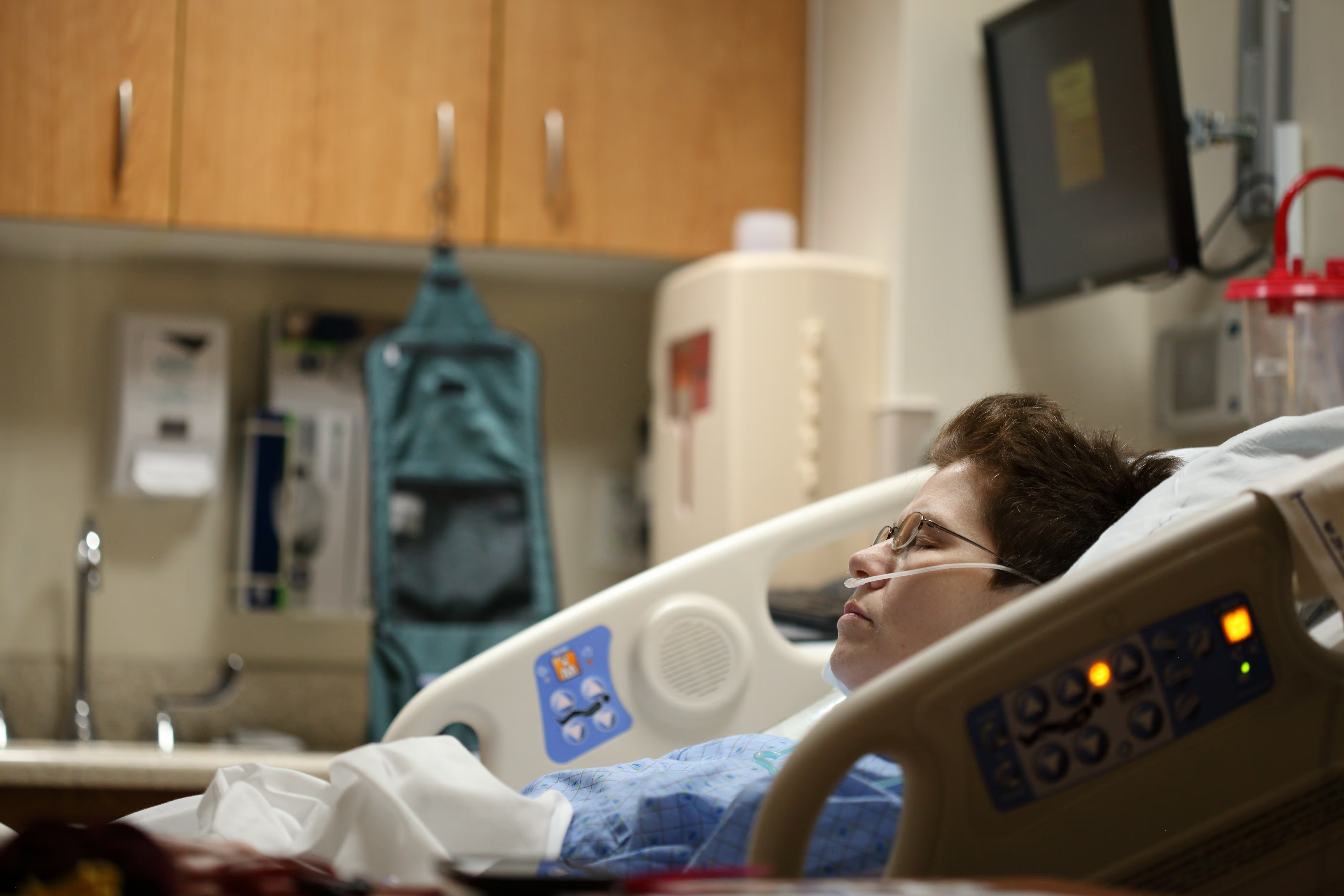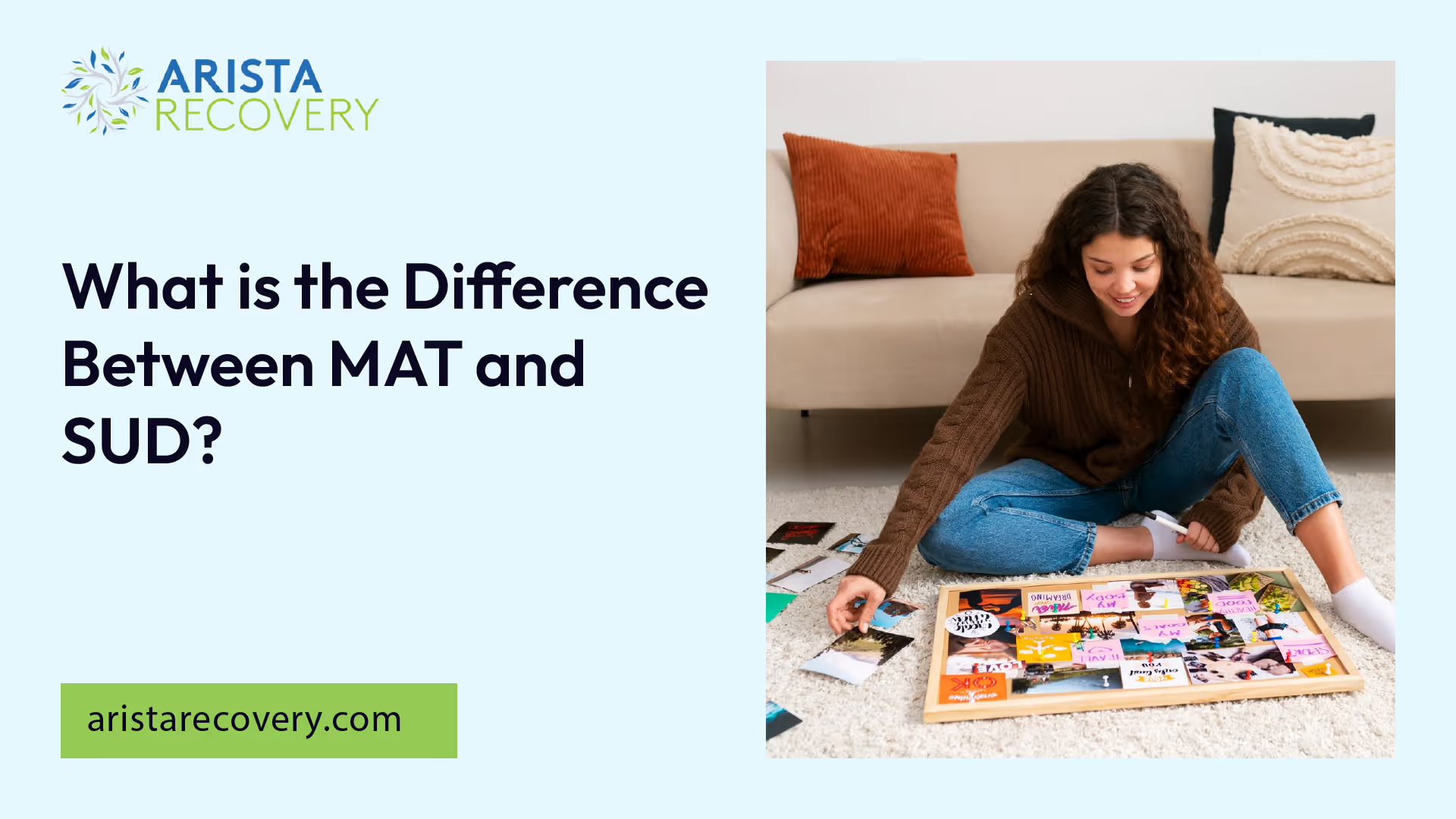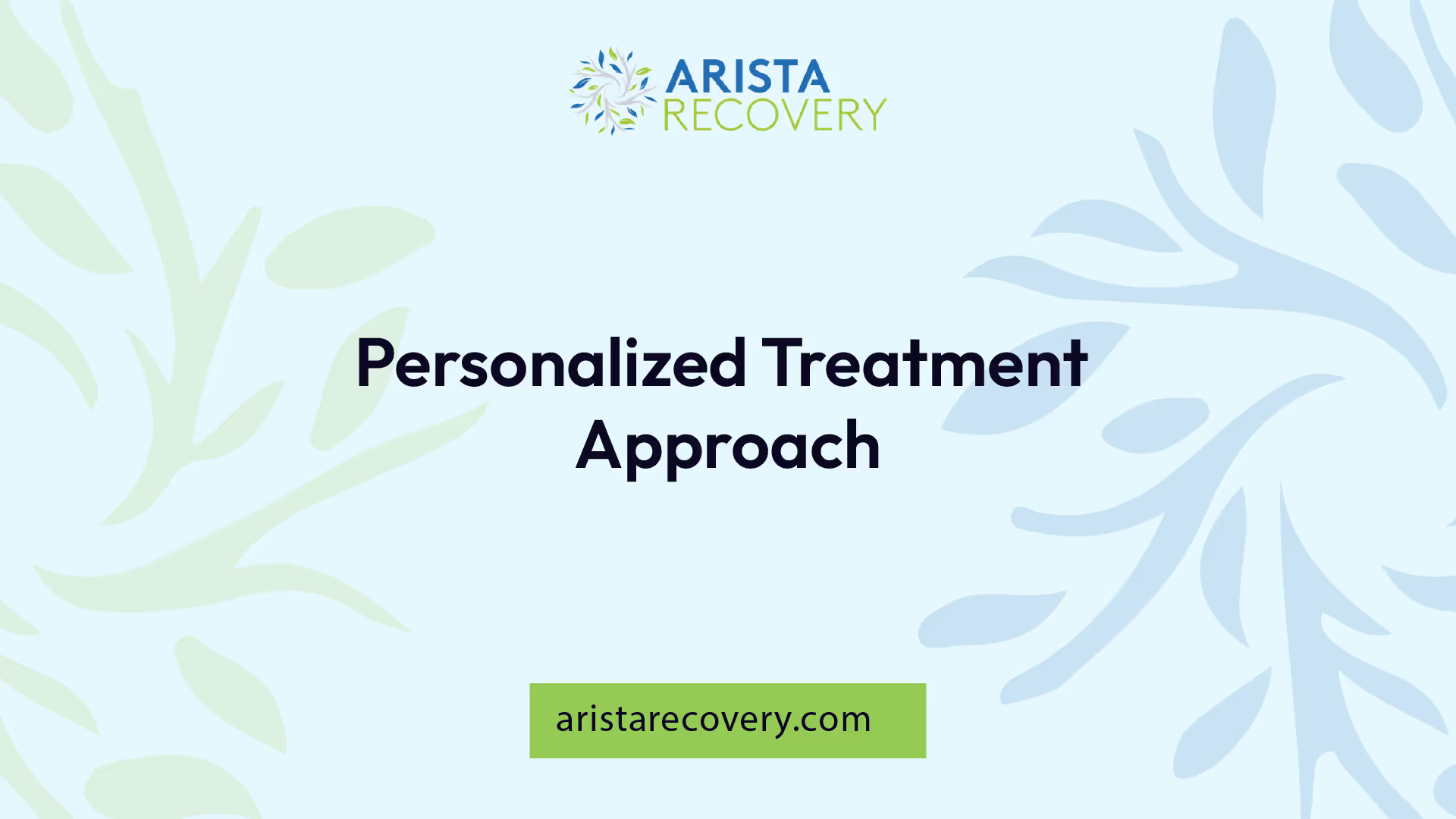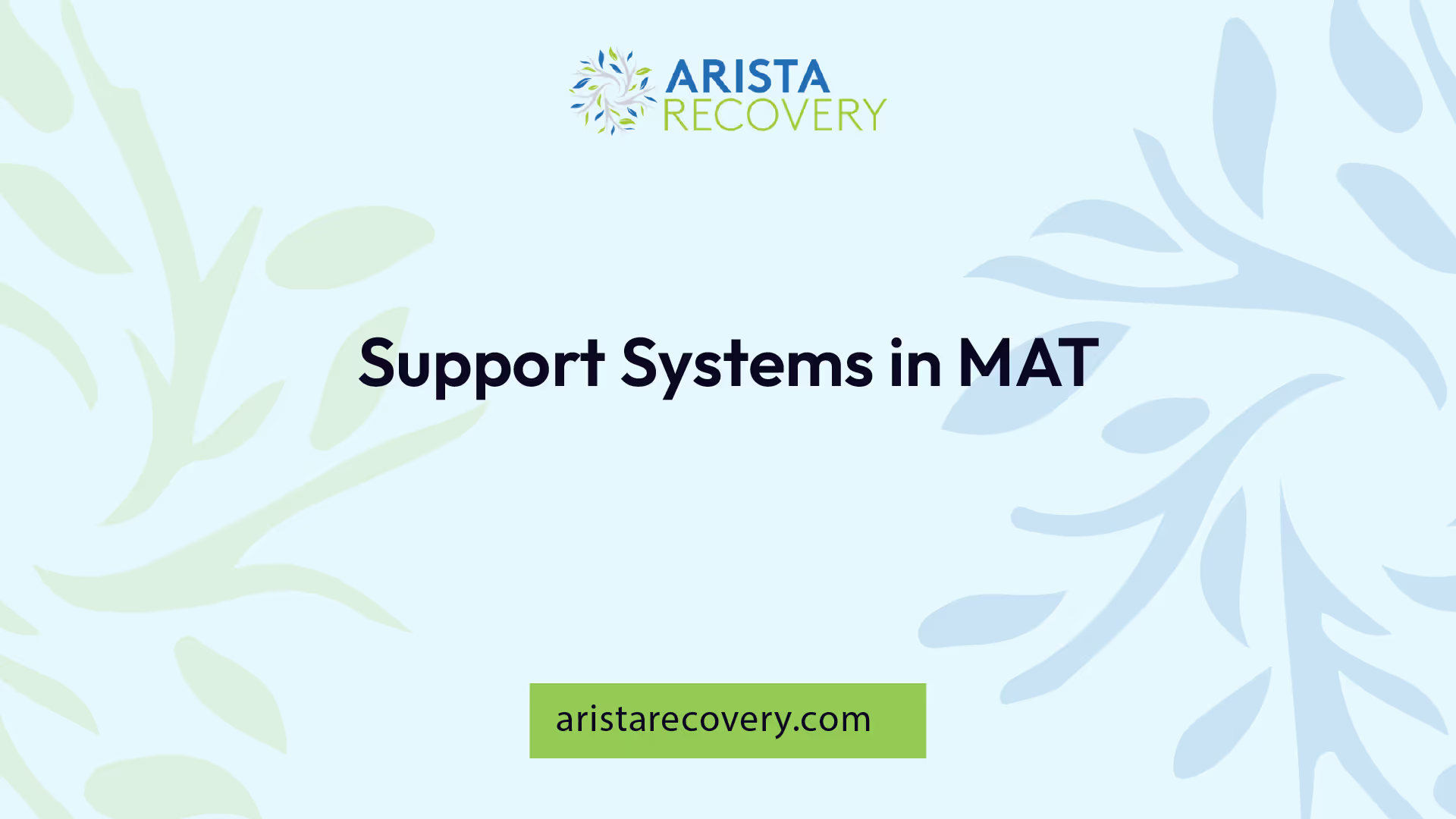What is the Difference Between MAT and SUD?


Understanding MAT
Navigating the world of addiction treatment can be challenging, particularly when deciphering the difference between medication-assisted treatment (MAT) and substance use disorders (SUD). In this section, we'll provide an overview of MAT and delve into its benefits.
Medication-Assisted Treatment Overview
Medication-assisted treatment (MAT) is an integrated approach that combines the use of FDA-approved medications with counseling and behavioral therapies. This comprehensive approach addresses the multifaceted nature of addiction, offering relief from withdrawal symptoms, reducing cravings, and enhancing long-term recovery prospects for both alcohol and opioid use disorders [1].
As part of MAT, various medications such as naltrexone, extended-release naltrexone, disulfiram, acamprosate, buprenorphine, and methadone are used to treat alcohol abuse, dependence, and opioid dependence [2].
For more information on how MAT began, check out our article on when medication assisted treatment begin.
Benefits of MAT
There are several compelling benefits of Medication-assisted treatment (MAT). According to Encore Recovery, MAT leads to improved treatment outcomes, alleviates withdrawal symptoms, reduces the risks of overdose, and enhances social functioning. By providing a "whole-patient" approach to treatment, MAT addresses not just the symptoms of addiction, but the underlying causes as well.
Furthermore, MAT significantly boosts a patient's adherence to treatment and reduces illicit opioid use compared with nondrug approaches. It also curtails risk behaviors like injection of illicit drugs, thereby reducing the transmission of infectious diseases such as HIV and hepatitis C.
For more detailed information on the outcomes of MAT, kindly refer to our article on what are the outcomes of mat.
In conclusion, understanding the benefits and effectiveness of MAT can help individuals make informed decisions about their addiction treatment. It's crucial to remember that while MAT can be highly effective, it's not a one-size-fits-all solution. Individual needs may vary, and treatment should be tailored to address these specific needs.

Personalized Treatment Approach
The foundation of an effective Medication-Assisted Treatment (MAT) lies in personalizing the treatment approach. This involves a holistic, patient-centered approach that addresses not just the physical aspect of addiction, but also its psychological and social components.
Holistic Care in MAT
Holistic care in MAT is about ensuring that each individual receives effective, supportive, and comprehensive care tailored to their unique needs. This approach considers the entire person, including their physical health, mental well-being, and social circumstances. By addressing all these areas, the treatment can be more effective and lead to a better quality of life for the individual during recovery.
Taking a holistic view also means acknowledging that addiction is a chronic disease that affects people differently. Therefore, the treatments should be flexible and adaptable to meet the needs of each individual. This includes the use of FDA-approved medications such as naltrexone, extended-release naltrexone, disulfiram, and acamprosate for alcohol abuse and dependence, and buprenorphine and methadone for opioid dependence. You can learn more about these medications in our section on FDA-Approved Medications for OUD.
Tailoring Treatment Plans
Tailoring treatment plans is a crucial part of personalized care in MAT. It involves creating a plan that meets the individual's needs and circumstances. This could include choosing the right medication, determining the appropriate dosage, and integrating psychosocial support.
Factors such as the individual's health status, the severity of their addiction, their personal preferences, and their support network all play a role in shaping the treatment plan. The goal is to find the most effective combination of treatments that will help the individual manage their addiction and improve their overall well-being.
Support systems play a critical role in enhancing the effectiveness of MAT. They provide emotional, social, and practical support throughout the recovery journey. This can include everything from family and friends to support groups and professional counseling. For more information on the role of support systems in MAT, check out our section on Support Systems in MAT.
Personalizing MAT involves a collaborative approach, meaning the individual is actively involved in their treatment. This can lead to better outcomes and a greater likelihood of long-term recovery. For more information about personalized treatment approach in MAT, check our guide on when medication assisted treatment begin.

Support Systems in MAT
A key aspect of Medication Assisted Treatment (MAT) is the incorporation of robust support systems, which play a vital role in enhancing the effectiveness of the treatment. Let's delve into the importance of these support systems and how they contribute to recovery.
Importance of Support Systems
Support systems are crucial for the success of Medication Assisted Treatment by providing emotional, social, and practical support throughout the recovery journey. These systems may include friends, family, healthcare providers, or support groups that can offer encouragement and guidance during challenging times.
These support networks can also provide practical help, like transportation to appointments, assistance with childcare, or help navigating the healthcare system. This type of support, when combined with the medical and psychological interventions provided in MAT, can significantly enhance recovery outcomes.
Enhancing Recovery with Support
Support systems not only provide emotional and practical assistance but also play a significant role in enhancing the effectiveness of MAT for individuals with opioid dependence and alcohol use disorder. They do this by creating an environment that reinforces the positive changes brought about by the MAT approach.
Personalizing treatment plans in MAT involves a holistic, patient-centered approach that addresses the physical, psychological, and social aspects of addiction [1]. This ensures that each individual receives effective, supportive, and comprehensive care tailored to their individual needs.
The advantages of Medication Assisted Treatment (MAT) include improving treatment outcomes, reducing withdrawal symptoms, lowering overdose risks, and enhancing social functioning [1]. All of these benefits are made more robust with the addition of a strong support system.
By integrating support systems into MAT, individuals are better equipped to navigate the challenges of recovery, adhere to their treatment plan, and ultimately achieve long-term sobriety.
For more information about the effectiveness of MAT, check out our article on what are the outcomes of MAT. For a better understanding of the differences between MAT and other treatment options, visit our article that explains the difference between MAT and OTP.
Barriers to MAT Access
While medication-assisted treatment (MAT) is a proven method for treating opioid use disorder (OUD), there are several challenges to its implementation and accessibility. It's important to understand these barriers to work towards solutions that increase the uptake and effectiveness of MAT.
Challenges in MAT Implementation
Barriers to implementing MAT in primary care settings include insufficient institutional support, knowledge gaps among physicians, lack of reimbursement, stigma towards MAT, and limited availability of physicians with waivers to prescribe buprenorphine for OUD treatment. Other challenges include fear of DEA site visits, inadequate training, and cumbersome regulations [4].
There is also significant geographic variability in the United States in access to and utilization of MAT for OUD. Buprenorphine use is highest in the Northeast, including Vermont, Maine, and Massachusetts, and lowest in South Dakota, Iowa, and Kansas. Many areas in the U.S., particularly rural regions, face shortages in access to MAT in primary care settings [4].
Another critical factor in the treatment gap is the lack of authorized buprenorphine prescribers for OUD. Across the U.S., the number of people with opioid dependence exceeds the number of eligible providers able to prescribe buprenorphine for MAT. Approximately 30 million Americans live in counties without physicians authorized to prescribe buprenorphine for MAT.
Insufficient staffing, training, and certification requirements also pose a challenge, varying depending on the MAT model of care. Models may use designated staff to support prescribing physicians, and additional staffing largely depends on the types of psychosocial services offered, such as psychologists, social workers, peer counselors, psychiatrists, and others.
Addressing Barriers
Despite these challenges, efforts are underway to improve access to MAT. This includes providing adequate training for healthcare providers on the importance and effectiveness of MAT, addressing the stigma associated with MAT, and advocating for policies that support MAT implementation and reimbursement. Additionally, increasing the capacity of treatment programs to offer MAT, including the authorization of more providers to prescribe buprenorphine, is vital.
Overcoming these barriers will help ensure that more individuals have access to this important treatment option. For more information on the difference between mat and sud or the difference between mat and otp, visit our articles on these topics. To understand more about the effectiveness of MAT, read our article on what are the outcomes of mat.
FDA-Approved Medications for OUD
When it comes to Medication Assisted Treatment (MAT) for Opioid Use Disorder (OUD), there are three FDA-approved medications: Methadone, Buprenorphine, and Naltrexone. Each of these medications plays a crucial role in managing withdrawal symptoms, reducing cravings, and improving overall treatment outcomes.
Methadone, Buprenorphine, Naltrexone
Methadone, Buprenorphine, and Naltrexone are the only FDA-approved medications to treat OUD Pew Trusts. The medications differ in how they are administered and their availability.
Methadone must be administered daily in a certified opioid treatment program. Buprenorphine, on the other hand, can be prescribed on a weekly or monthly basis for at-home use with waivers. Naltrexone can be prescribed by any authorized clinician Pew Trusts.
Mechanisms of Action
The three approved medications work differently in the body. Methadone is a full agonist that occupies the mu-opioid receptor, lessening withdrawal symptoms and blocking euphoric effects of other opioids. Buprenorphine is a partial agonist with a ceiling effect, meaning its effects plateau and do not increase with repeated dosing. Naltrexone, on the other hand, is an opioid antagonist, covering the mu-opioid receptor and blocking opioid effects Pew Trusts.
It's important to note that the choice of medication depends on the individual's specific needs and circumstances. Hence, the treatment plan should be tailored to fit the requirements of each individual. For more information on the difference between MAT and SUD or to learn more about when medication assisted treatment begins, you can visit our comprehensive resources.
Effectiveness of MAT
The effectiveness of Medication-Assisted Treatment (MAT) can be gauged through two key factors: adherence to treatment and reduction in risk behaviors, such as illicit drug use.
Adherence and Illicit Drug Use
MAT has been found to significantly increase a patient's adherence to treatment, and more importantly, it reduces illicit opioid use compared with nondrug approaches. This is a critical factor in the success of the treatment and the recovery process, as non-adherence can lead to relapse and continued substance use [3].
Despite the demonstrated effectiveness of MAT, unfortunately, access to it is limited for many people due to slow adoption of MAT drugs in treatment programs, limited insurance coverage, and a lack of qualified medical personnel. As per a report, only 23% of publicly funded treatment programs offer FDA-approved medications for substance use disorders [3]. Learn more about this issue in our article on the difference between mat and otp.
Reducing Risk Behaviors
By reducing illicit opioid use, MAT also decreases risk behaviors like injection of illicit drugs. This in turn reduces the transmission of infectious diseases such as HIV and Hepatitis C. This aspect of MAT is crucial as it not only helps in the individual's recovery but also contributes to public health by preventing the spread of these diseases.
However, the lack of authorized buprenorphine prescribers for OUD is a critical factor in the treatment gap. Across the U.S., the number of people with opioid dependence exceeds the number of eligible providers able to prescribe buprenorphine for OUD. Approximately 30 million Americans live in counties without physicians authorized to prescribe buprenorphine for MAT [3].
In summary, MAT is a highly effective treatment for opioid use disorder, but the challenge lies in making it accessible to all who need it. By increasing awareness and understanding of MAT, we can help reduce the stigma around this treatment and encourage its adoption. For more information on MAT and its outcomes, check our article what are the outcomes of mat.
References
[1]: https://encorerecovery.com/pros-and-cons-of-medication-assisted-treatment/
You’re not alone in this.
When mental health challenges and addiction intersect, it can feel isolating. At Arista, we offer compassionate, evidence-based, and trauma-informed care to help you heal, grow, and move forward.
You’re not alone in this.
When mental health challenges and addiction intersect, it can feel isolating. At Arista, we offer compassionate, evidence-based, and trauma-informed care to help you heal, grow, and move forward.
Support that moves with you.
You’ve taken a brave first step. At Arista Recovery, we’re here to help you continue with best-in-class care designed for long-term healing and support.
.webp)






